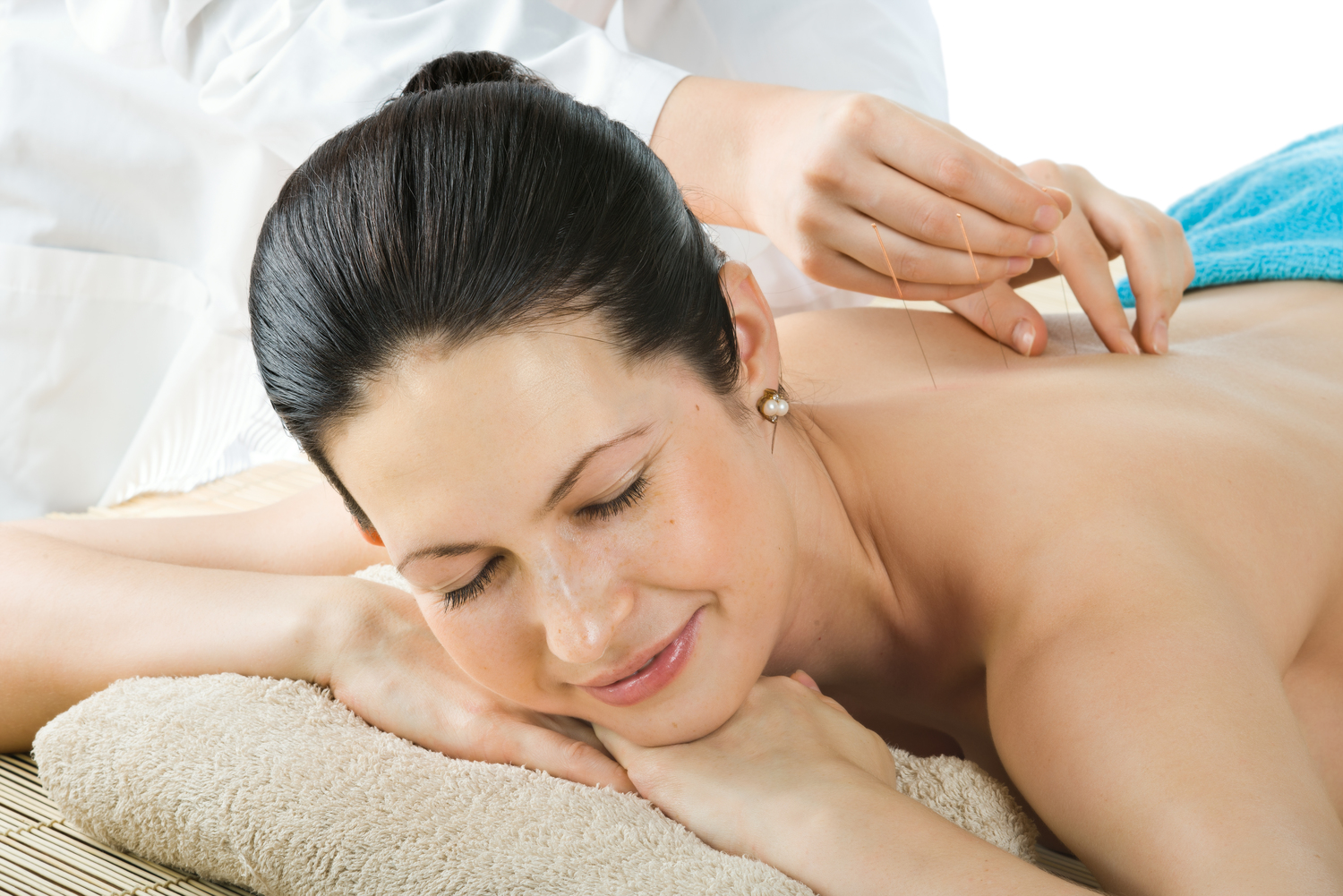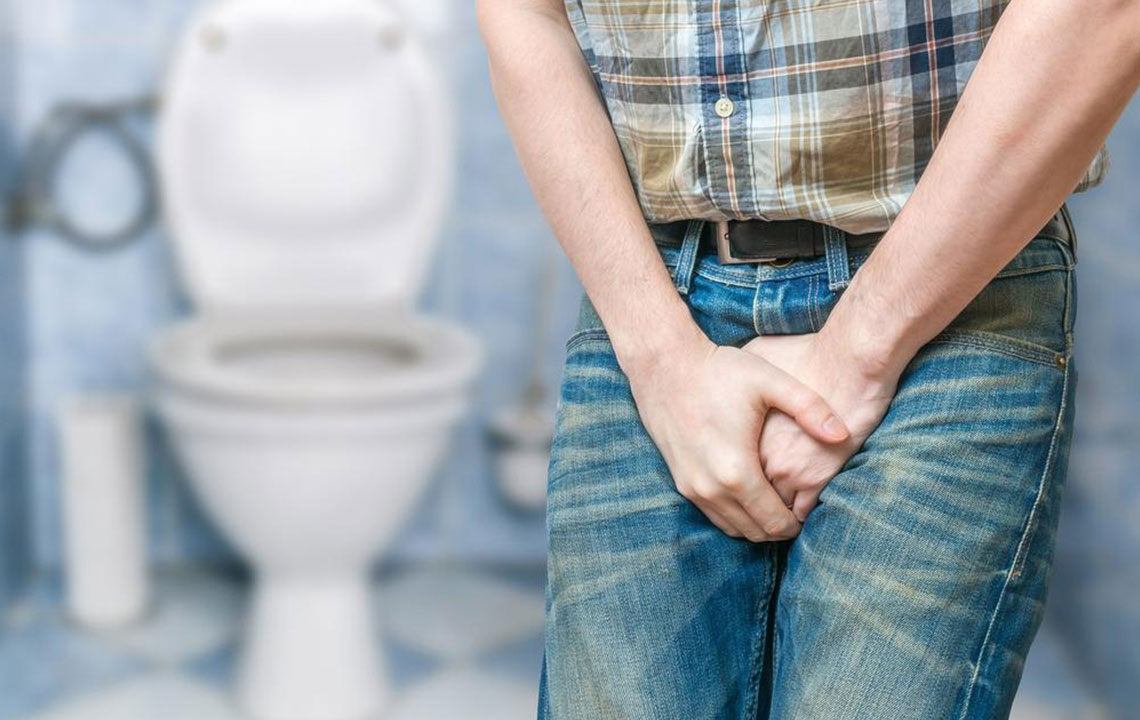Common Symptoms and Treatments of Overactive Bladder Disorder
One can experience a number of symptoms when having such a disease like an overactive bladder. The most common symptom of an overactive bladder includes sudden and uncontrollable pressure for urination. Leaks and frequent visit to the bathroom are the common behavior for a person having bladder disorder.
Aged people are more vulnerable to this disease than youngsters and it can badly affect one’s personal and professional life. People often take its symptoms lightly and simply ignore them believing they can deal with such issues.

Test to confirm overactive bladder disease
If you find abnormalities in the urge of urination, let your doctor find the actual reasons behind the disorder. Your doctor will ensure if you have an infection in your bladder. Your doctor may ask you whether you empty your bladder completely during urination or not. The process of diagnosis may also include the physical examination, checking up medical history, neurological examination and the test of the urine sample.
Your doctor may also ask you for a urodynamic test to ensure your bladder’s capability to turn empty completely. The amount of urine left inside the bladder, test for flow rate and pressure are considered in the process to ensure your bladder disorder.
Your available treatment options
One can develop overactive bladder disorder due to several factors. Likewise, a patient can go through a number of available treatment options. Have a look at some convenient treatment options to cure overactive bladder.
Dietary treatments
You can get rid of the symptoms of overactive bladder by cutting out some food items from your dietary chart. Caffeine and alcohol are some of the items that you should avoid, as these types of items generate more urine in the bladder. Here are some food and beverage items that you must ignore if you are diagnosed with overactive bladder.
- Cranberry juice
- Orange juice
- Tomato juice
- Carbonated beverages
- Spicy food items
- Artificial sweeteners
Bring changes in your lifestyle
One can reduce the overactive bladder symptoms by bringing some changes in their lifestyle. Obesity is one of the key reasons that can invite the disease. You can control the development of overactive bladder disorder by losing some weight. Smoking can also be a valid reason behind overactive bladder symptoms.
Pelvic floor exercises
This exercise is also known as Kegels exercise and it can be a helpful solution for overactive bladder patients. It makes the urinary sphincter and pelvic floor muscle stronger. The exercise helps patients to stop the involuntary contractions of the bladder. You can learn the practice from your doctor or physiotherapist and it may take up to six to eight weeks to experience a difference in the symptoms.
Medications
Drug treatment is the most preferred option chosen by patients suffering from overactive bladder. Proper medication can relax the activity of your bladder and reduce the possibility of incontinence urge of urination. Drugs used for overactive bladder disorder are separated into two groups – antimuscarinics and anticholinergics.
Drugs used in this case often invite some side effects like dry mouth and dry eyes. However, your doctor may ask you to take a piece of candy or gum in your mouth and suck or chew it to get relief from the dryness. Avoid drinking water to get rid of dryness, as this can aggravate the overactive bladder symptoms.
Nerve stimulation
This is one of the simple and convenient treatments for overactive bladder disorder. This treatment option is ideal for patients who do not get any benefits from using drugs. In this process, doctors help patients to regulate the nerve impulses to the bladder. The treatment reduces the symptoms and helps patients to get some relief from overactive bladder disorder.
The treatment involves sending signals to the pelvis and lower back for the proper functioning of urination. The method encourages the development of effective nerve cells in pelvis areas. This treatment option is ideal for patients who do not respond to drugs, waiting for surgery or patients who want to avoid surgery.
Surgery
This option is preferred by people who do not respond to other available treatments for their overactive bladder disorder. Surgery is preferred to improve the functionality of the bladder by correcting its position. Surgery also corrects the position of the urethra and makes its walls wider.
Surgery increases bladder capacity, as surgeons use a part of the bowel and replace a part of the bladder with it. Replacement of the bladder is one of the last treatments for overactive bladder disorder. In this process, doctors place a neobladder in place of your defective bladder or just stick a bag with the body for urine collection.




